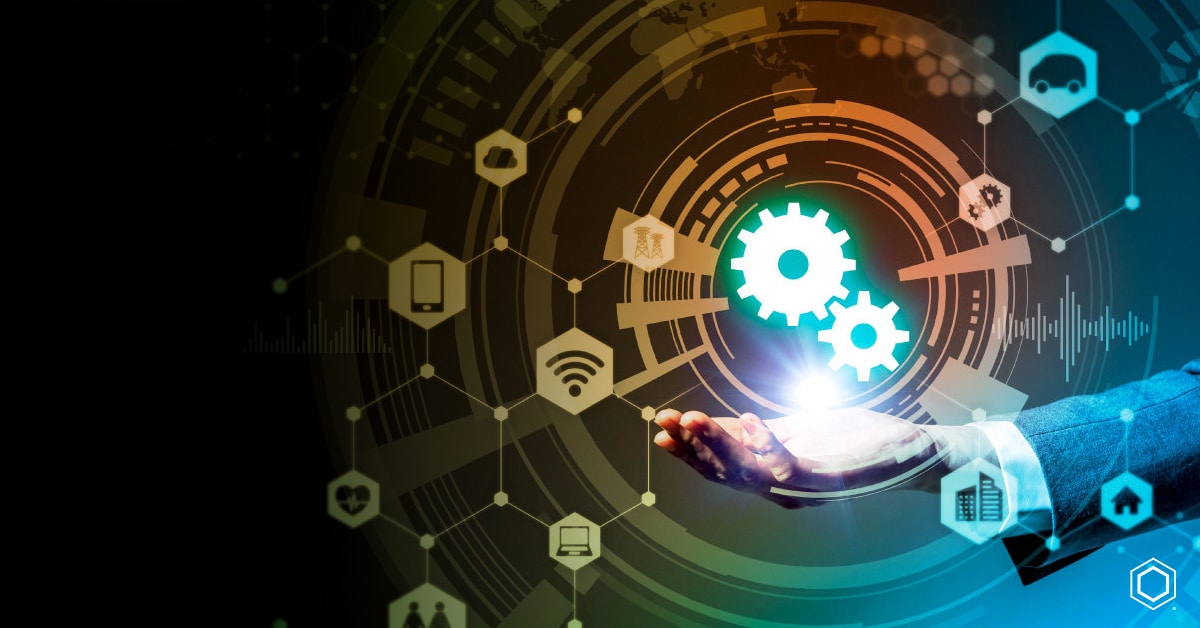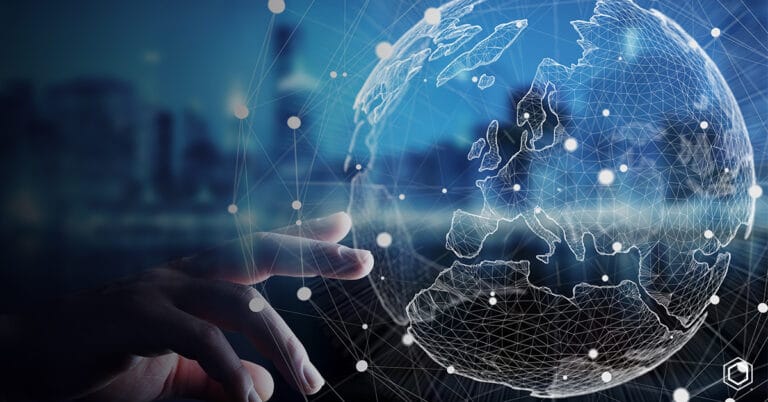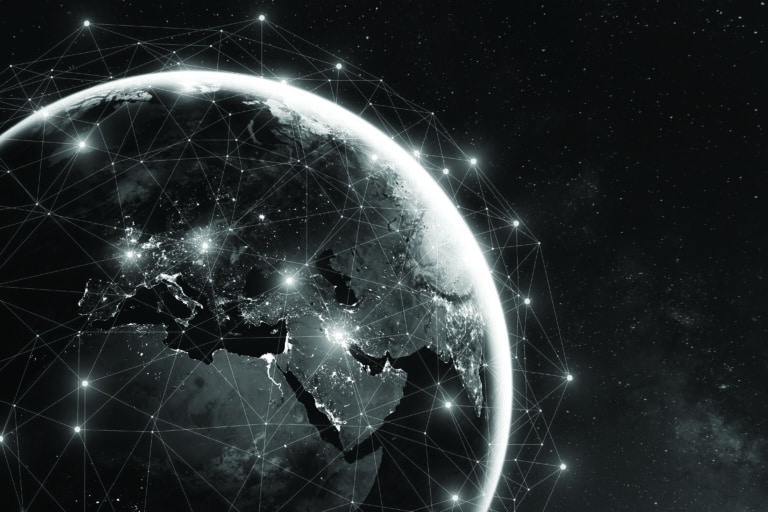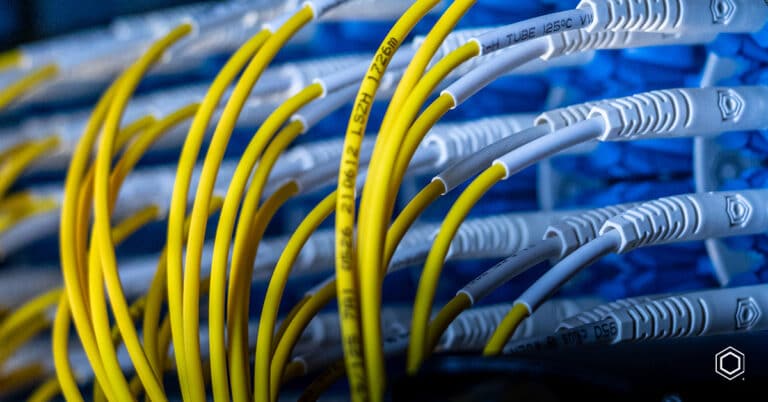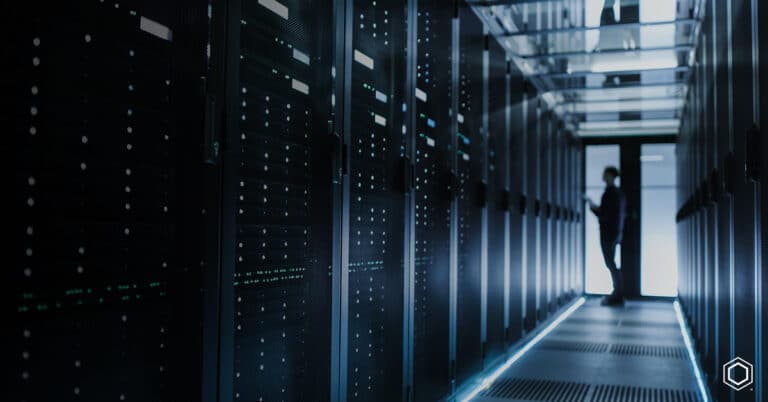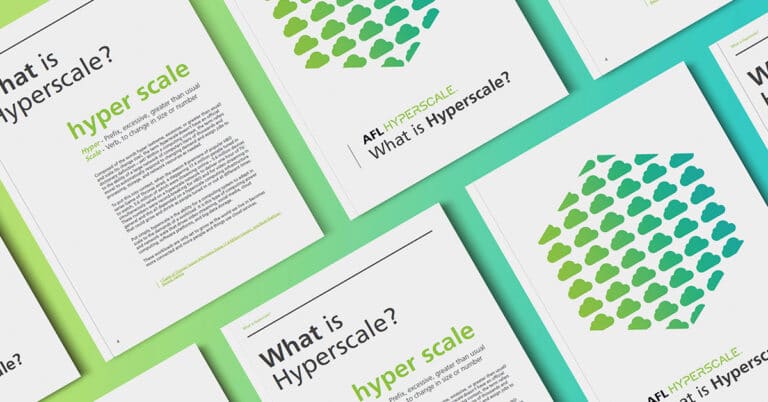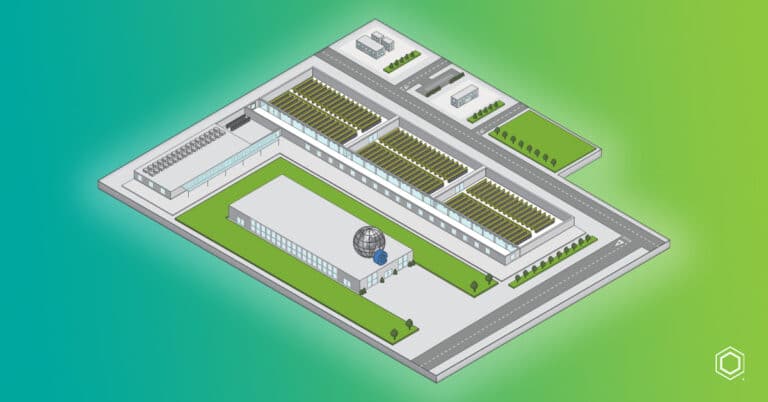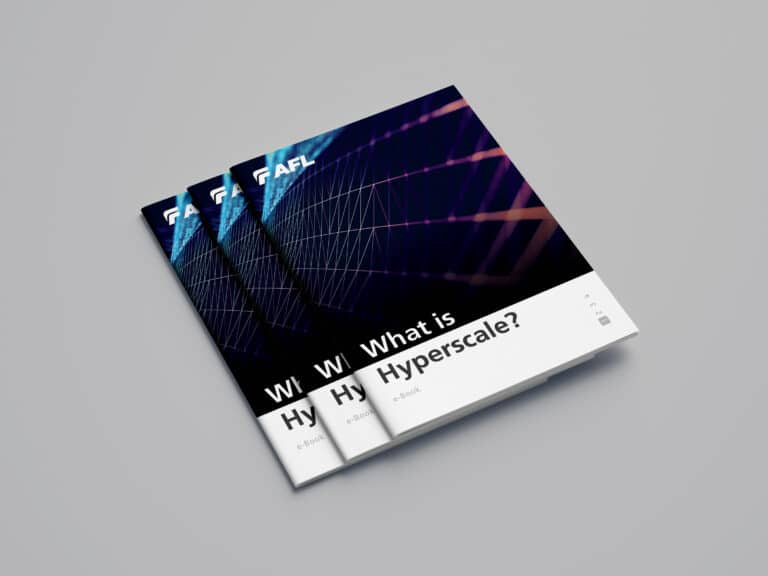Hyperscale has reshaped business, commerce, and society through the delivery and availability of IT services and the future of hyperscale can be divided into two categories: technological and commercial. In this article, we examine what the future holds for hyperscalers from a commercial standpoint.
As data center revenue grows and the demand for data increases, the expansion of the hyperscale data center infrastructure will continue. With that, commercial drivers, as always, will focus largely on speed and efficiency.
Demand for Data
According to a prediction published on the Gartner Blog Network, 80% of enterprises will upgrade their traditional data centers by 2025 as hyperscale data centers rapidly become the norm.
Technology giant Cisco estimates that cloud data center traffic will account for 95% of all data center traffic by 2021, compared to 77% in 2016.
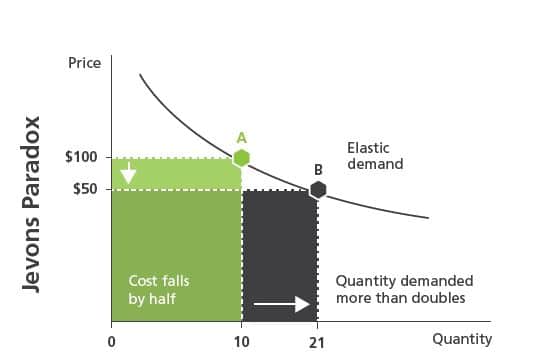 The hyperscale sector will continue to grow as the amount of data being generated rises, needing to be stored and processed. The emergence of 5G (fifth-generation cellular network technology) and the increase in connected devices as part of the Internet of Things (IoT) will mean that multiple, smaller data centers, known as “edge” data centers, will need to be built to extend the edge of the network to deliver cloud computing resources and cached streaming content to local end-users. It’s easy to assume that this move to edge computing will reverse the hyperscale trend but all of this data is eventually fed back to the cloud for analysis when latency isn’t an issue.
The hyperscale sector will continue to grow as the amount of data being generated rises, needing to be stored and processed. The emergence of 5G (fifth-generation cellular network technology) and the increase in connected devices as part of the Internet of Things (IoT) will mean that multiple, smaller data centers, known as “edge” data centers, will need to be built to extend the edge of the network to deliver cloud computing resources and cached streaming content to local end-users. It’s easy to assume that this move to edge computing will reverse the hyperscale trend but all of this data is eventually fed back to the cloud for analysis when latency isn’t an issue.
The demand for data will continue to outstrip the rate at which we build data centers. The Jevons paradox encapsulates this idea. In economics, the Jevons paradox occurs when technological progress or government policy increases the efficiency with which a resource is used (reducing the amount necessary for any one use), but the rate of consumption of that resource actually rises due to increased availability allowing higher demand. This premise can be applied to data centers to convey the same point.
5G will reduce latency between the connected device and the edge data center but making this process more efficient doesn’t mean less data is used, it will actually mean more is used as it’s easier to obtain thus perpetuating the need for hyperscale data centers.
Everything as a Service
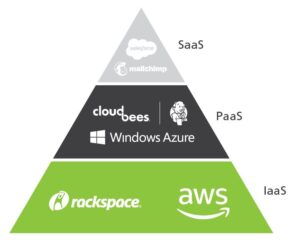 Everything as a service (XaaS) encompasses SaaS, PaaS, and Iaas, the three main types of
Everything as a service (XaaS) encompasses SaaS, PaaS, and Iaas, the three main types of
cloud computing.
Saas: Software-as-a-Service – software that’s available via a third-party over the Internet.
Paas: Platform-as-a-Service – hardware and software tools available over the Internet.
Iaas: Infrastructure-as-a-Service – cloud-based services, pay-as-you-go for services such as storage, networking, and virtualization.
XaaS plays a huge part in cloud computing and in hyperscale data centers. This trend is set to continue as businesses move from a CapEx model to a subscription-based one with more and more in-house processes and services are being phased out in favor of outsourcing.
While XaaS as a whole is set to flourish, it is doubtful that there will be many more IaaS providers emerging as aspiring providers can buy space from established services such as AWS at a cheaper price than they can build their own – a very attractive prospect when faced with the daunting amount of resource and funds needed to carve out even a small market share. Instead, more SaaS providers will start to emerge and join the ranks of the above.
The Internet of Things and Edge Computing
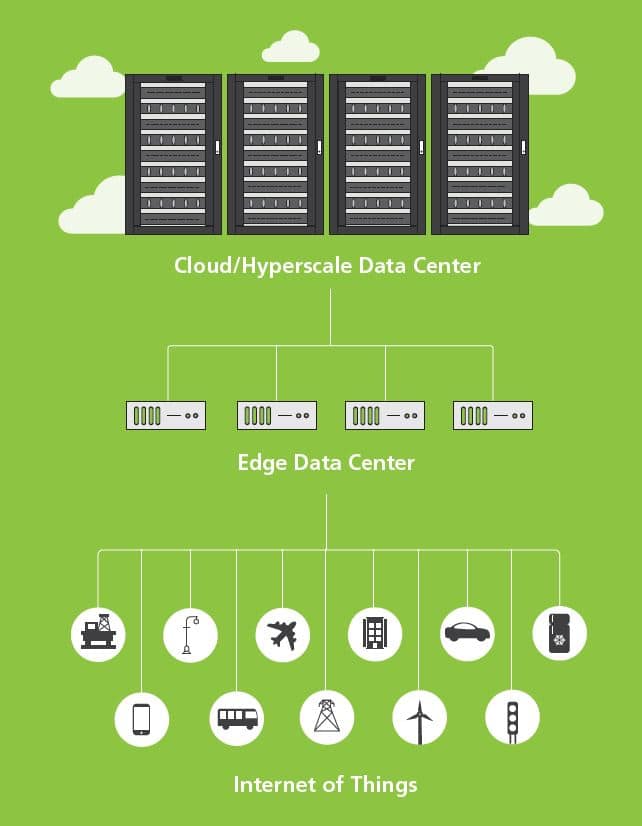 One of the more notable trends in terms of technological advancement is the emergence and expansion of the Internet of Things (IoT). This refers to the interconnection of computing devices embedded in everyday objects, enabling them to send and receive data. As more and more devices are developed, the data generated and required to connect and interconnect these devices will develop accordingly. From smart home gadgets and wearable technology to automated vehicles and big data analysis in healthcare, IoT is ever-expanding, becoming an ever more crucial part of everyday life, making the reliability and performance of these devices and the networks that support them more important than ever.
One of the more notable trends in terms of technological advancement is the emergence and expansion of the Internet of Things (IoT). This refers to the interconnection of computing devices embedded in everyday objects, enabling them to send and receive data. As more and more devices are developed, the data generated and required to connect and interconnect these devices will develop accordingly. From smart home gadgets and wearable technology to automated vehicles and big data analysis in healthcare, IoT is ever-expanding, becoming an ever more crucial part of everyday life, making the reliability and performance of these devices and the networks that support them more important than ever.
Underpinning IoT is edge computing. Edge computing centers around the principle of bringing computing as close to the source of data as possible in order to reduce latency and bandwidth use. Put simply, edge computing takes processes that would ordinarily take place in the cloud and moves them to more local places such as a user’s computer, an IoT device, or an edge server. By moving these processes to the network’s edge, communication between a client and server happens over shorter distances thus reducing latency and bandwidth use.
A good example of this would be an autonomous car with hundreds of sensors programmed to continuously gather data while the car is in motion.
According to Dell, connected vehicles will generate $150 billion in annual revenue, grow to 100 million vehicles globally, and, as a result, transmit over 100 petabytes of data to the cloud per month by 2025, requiring 10 exabytes per month, approximately 10,000 times larger than the present volume.
While IoT and edge computing are still in their infancy, there is no doubt that they will continue to grow, generating, processing and demanding more data than ever before.
Want to learn more? Read the full What is Hyperscale? e-book! Learn about the evolution of hyperscale data centers, the challenges hyperscale networks face, and what the future looks like as demand for data and connectivity continues to grow.



